Discover Welcome to the World of Pokémon
Welcome to the World of Pokémon

Welcome to the World of Pokémon
Author: Professor Jacob
Subscribed: 43Played: 1,219Subscribe
Share
© Professor Jacob
Description
Have you ever taken a close look at the Pokédex entries for each Pokémon? Have you wondered how Bulbasaur gets its bulb or why Wartortle has wings for ears? Then you are the kind of student Prof. Jacob is looking for! Every week, along with his teaching assistant Mr. Kurtis and aspiring Pokémon trainer Corbin, we discuss each Pokédex entry for a new Pokémon! Don’t forget: all grades are final, and Welcome to the World of Pokémon! New lessons every Wednesday.
►Support the Professor's class on Patreon: patreon.com/wwopokemon
►Discord & other links: https://linktr.ee/wwopokemon
►Support the Professor's class on Patreon: patreon.com/wwopokemon
►Discord & other links: https://linktr.ee/wwopokemon
246 Episodes
Reverse
Hello there! Welcome to Professor Jacob’s 246th lesson on Pokémon biology. For this lesson, we will be discussing Larvitar: the Rock Skin Pokémon. This grumpy little fella is born deep beneath the Earth and can’t emerge until it has eaten all the soil around it. Speaking of eating dirt, Larvitar supposedly has the ability to eat a mountain. Yes, you read that right… an entire mountain. Small Pokémon with a big appetite, am I right? And there’s more to learn about Larvitar, so make sure you’re taking notes!►Support the Professor's class on Patreon: patreon.com/wwopokemon►Join our Discord: https://discord.gg/Jc5P2Mk6Ru►Other Social Media: https://linktr.ee/wwopokemon
Hello there! Welcome to Professor Jacob’s 245th lesson on Pokémon biology. And for today’s lesson, we will be discussing Suicune: the Aurora Pokémon. The third legendary beast of Johto, Suicune is said to be the reincarnation of the north winds and possesses the ability to purify the dirtiest and murkiest of waters. Straight sewage becomes crystal clear drinking water when Suicune’s around. Totally safe to drink, I promise. Suicune is always searching for pure reservoirs as it dashes elegantly throughout the lands with the north wind on its back. And there’s more to learn about Suicune, so make sure you take good notes!►Support the Professor's class on Patreon: patreon.com/wwopokemon►Join our Discord: https://discord.gg/Jc5P2Mk6Ru►Other Social Media: https://linktr.ee/wwopokemon
Hello there! Welcome to Professor Jacob’s 244th lesson on Pokémon biology. Today’s lesson is on Entei: the Volcano Pokémon. This legendary beast gets its name from the volcanoes that erupt when it barks. Rumors claim that every time a new volcano appears, an Entei is born. Wait, how many volcanoes are there in the world? And how many Entei are there running around!? It’s been said that Entei embodies the passion of magma. So depending on how many Entei exist as a result of said volcanoes, that’s a lot of magma… and a lot of passion. There’s more to learn about Entei, so take good notes!►Support the Professor's class on Patreon: patreon.com/wwopokemon►Join our Discord: https://discord.gg/Jc5P2Mk6Ru►Other Social Media: https://linktr.ee/wwopokemon
Hello there! Welcome to Professor Jacob’s 243rd lesson on Pokémon biology. And for this lesson, we will be discussing Raikou: the Thunder Pokémon. Raikou makes up one of the three legendary beasts of Johto. This powerful Pokémon carries rain clouds on its back, which allow it to shoot thunderbolts at will. I wish the dark cloud that follows me could do that. Raikou’s barks are so intense that they send shock waves through the air and ground, similar to lightning bolts. Embodying the speed of lighting, Raikou races across the lands displaying its immense power and playing with severed hands. There’s more to learn about Raikou, so take detailed notes!►Support the Professor's class on Patreon: patreon.com/wwopokemon►Join our Discord: https://discord.gg/Jc5P2Mk6Ru►Other Social Media: https://linktr.ee/wwopokemon
Hello there! Welcome to Professor Jacob’s 242nd lesson on Pokémon biology. Today’s lesson is all about Blissey: the Happiness Pokémon and evolved form of Chansey. This joyful Pokémon carries a single egg inside its pink belly pouch, which can cause a person to act kindly and calm after consumption. It’s even been said that Blissey’s egg will bring you good fortune if you eat it! That’s why they’re so expensive at your local PokéMart - being happy fetches a high price, am I right? Gotta love capitalism. If Blissey senses that someone is sad, it will do everything it can to nurse them back to health and happiness. There seriously needs to be a Blissey in every home in Johto. And there’s more to learn about Blissey, so take good notes!►Support the Professor's class on Patreon: patreon.com/wwopokemon►Join our Discord: https://discord.gg/Jc5P2Mk6Ru►Other Social Media: https://linktr.ee/wwopokemon
Hello there! Welcome to Professor Jacob’s 241st lesson on Pokémon biology. For today’s class, we will be discussing Miltank: the Milk Cow Pokémon. This udderly cool Pokémon produces a sweet, nutritious milk that has healing properties. But as delicious as it is, drinking excessive Miltank milk will cause you to gain weight and suffer from stomach pains. So don’t drink it all at once! That much sugar can cause long-term damage, especially to children. Keep an eye on little Corbin. And there’s more to learn about Miltank, so take good notes!►Support the Professor's class on Patreon: patreon.com/wwopokemon►Join our Discord: https://discord.gg/Jc5P2Mk6Ru►Other Social Media: https://linktr.ee/wwopokemon
Hello there! Welcome to Professor Jacob’s 240th lesson on Pokémon biology. And in today’s class, we return to the Day Care to learn about Magby: the Live Coal Pokémon and pre-evolved form of Magmar. Although small, Magby can breathe flames up to 1100 °F and dribble embers from its mouth. Speaking of which, the state of Magby’s health can actually be determined by the type of fire it breathes. So please pay close attention, trainers. This is vital information for monitoring your Magby’s well-being!►Support the Professor's class on Patreon: patreon.com/wwopokemon►Join our Discord: https://discord.gg/Jc5P2Mk6Ru►Other Social Media: https://linktr.ee/wwopokemon
Hello there! Welcome to Professor Jacob’s 239th lesson on Pokémon biology. For today’s class, we will be discussing Elekid: the Electric Pokémon and pre-evolved form of Electabuzz. This little Pokémon can become quite rowdy at the sound of thunderstorms. Elekid generates electricity by rotating its arm, but its preferred method is to consume it straight from the source: wall outlets. Because nothing beats that fresh, outlet zap juice, you feel me? And there’s more to learn about Elekid, so take detailed notes!►Support the Professor's class on Patreon: patreon.com/wwopokemon►Join our Discord: https://discord.gg/Jc5P2Mk6Ru►Other Social Media: https://linktr.ee/wwopokemon
Hello there! Welcome to Professor Jacob’s 238th lesson on Pokémon biology. And in this lesson, we will be discussing Smoochum: the Kiss Pokémon and pre-evolved form of Jynx. Smoochum is categorized as such because its lips are very sensitive, and it uses them to examine objects. As unsanitary as that might sound, Smoochum actually hates being dirty and will regularly check its reflection to make sure its face is clean. And to keep its lips nice and moist, Smoochum regularly applies tree sap. Looks like Mr. Kurtis isn’t the only sapsucker we know. And there’s more to learn about Smoochum, so lock in and take notes!►Support the Professor's class on Patreon: patreon.com/wwopokemon►Join our Discord: https://discord.gg/Jc5P2Mk6Ru►Other Social Media: https://linktr.ee/wwopokemon
Hello there! Welcome to Professor Jacob’s 237th lesson on Pokémon biology. For today’s class, we will be discussing Hitmontop: the Handstand Pokémon and one of the evolved forms of Tyrogue. Hitmontop is excellent at fighting using dance-like kicks, which implement both offensive and defensive tactics. But be careful: Hitmontop can spin on its head so rapidly that it can bore holes into the ground. And that can cause problems for you and other classrooms below you… trust me. And if you find yourself getting mesmerized by Hitmontop’s kicks, you may just end up getting boom smacked. There’s more to learn about Hitmontop, so make sure you take good notes!►Support the Professor's class on Patreon: patreon.com/wwopokemon►Join our Discord: https://discord.gg/Jc5P2Mk6Ru►Other Social Media: https://linktr.ee/wwopokemon
Hello there! Welcome to Professor Jacob’s 236th lesson on Pokémon biology. In today’s lesson, we will be discussing Tyrogue: the Scuffle Pokémon. This scrappy, little fighting type has no fear and will challenge anyone. Despite how small Tyrogue is, it has been known to punch any target without warning. I love that - it’s always keeping you on your toes! Tyrogue also never takes a rest day. It has been known to train daily and will even get stressed if it misses a day. So trainers: keep your Tyrogue happy, and establish a regular training schedule. Maybe do the same for yourself too - exercise is important! And there’s more to learn about Tyrogue, so strap in and take good notes!►Support the Professor's class on Patreon: patreon.com/wwopokemon►Join our Discord: https://discord.gg/Jc5P2Mk6Ru►Other Social Media: https://linktr.ee/wwopokemon
Hello there! Welcome to Professor Jacob’s 235th lesson on Pokémon biology. For today’s class, we will be discussing Smeargle: the Painter Pokémon. This derpy normal type is known for its long tail with a tip resembling a paintbrush. Smeargle oozes (or gushes, whichever you prefer) a special fluid from its tail tip, which it uses to mark its territory. This paint-like fluid is predetermined for each Smeargle, and over 5,000 different markings have been documented. What is it you think the Smeargle are trying to tell us? And there’s more to learn about this graffiti-painting Pokémon, so take good notes!►Support the Professor's class on Patreon: patreon.com/wwopokemon►Join our Discord: https://discord.gg/Jc5P2Mk6Ru►Other Social Media: https://linktr.ee/wwopokemon
Hello there! Welcome to Professor Jacob’s 234th lesson on Pokémon biology. And for today’s lesson, we will be discussing Stantler: the Big Horn Pokémon. This normal type is known for its gorgeous but strange antlers, which many consider to be valuable works of art. The orbs on these antlers release a pleasing aroma, which can cause a bewildering effect on anyone smelling it. Additionally, Stantler’s antlers can manipulate the surrounding air flow to create a distortion in reality. These antlers have next level powers! Maybe that’s why Stantler was nearly hunted to extinction back in the day. Dark times. But there’s more to learn about Stantler, so take good notes today! ►Support the Professor's class on Patreon: patreon.com/wwopokemon►Join our Discord: https://discord.gg/Jc5P2Mk6Ru►Other Social Media: https://linktr.ee/wwopokemon
Hello there! Welcome to Professor Jacob’s 233rd lesson on Pokémon biology. Today’s lesson is about Porygon2: the Virtual Pokémon and evolved form of Porygon (as if the name didn’t give that away). Porygon’s blocky, pixelated body has transformed into a smooth, sleek build. Porygon2 is engineered with state of the art technology, including AI, to aid in space exploration. However, this upgraded Pokémon has resulted in a few setbacks, such as the inability to fly, unprogrammed reactions, and more. Although scientists believe Porygon2 has failed to measure up, we believe it’s perfect in every way. We love you, Portia! There’s more to learn about Porygon2, so make sure you take good notes! ►Support the Professor's class on Patreon: patreon.com/wwopokemon►Join our Discord: https://discord.gg/Jc5P2Mk6Ru►Other Social Media: https://linktr.ee/wwopokemon
Hello there! Welcome to Professor Jacob’s 232nd lesson on Pokémon biology. And for this lesson today, we will be learning all about Donphan: the Armor Pokémon and evolved form of Phanpy. Donphan is a hardy Pokémon with a tough, tire-like hide that loves to roll around and slam into stuff. Donphan has enough rolling power to blow apart an entire house! Wow. Talk about bringing down the house, am I right? Hold for laughter. Anyway, there’s much to learn about this tough Pokémon, and what better place to learn than Johto’s Donphan Derby!? So strap in, get your popcorn & soda, and join us in cheering on Lucky Bean Favorite in today’s race!►Support the Professor's class on Patreon: patreon.com/wwopokemon►Join our Discord: https://discord.gg/Jc5P2Mk6Ru►Other Social Media: https://linktr.ee/wwopokemon
Hello there! Welcome to Professor Jacob’s 231st lesson on Pokémon biology. For this lesson, we will be discussing Phanpy: the Long Nose Pokémon. Although it is arguably the cutest Johto Pokémon, Phanpy’s little trunk is actually quite strong. It’s able to send a person flying through the air with a simple bump of the snout. So maybe chain yourself to the ground during playtime with your Phanpy. It also loves to make nests by the river, often digging vertical pits by the shoreline. And when the pit is complete, Phanpy will celebrate by showering in the river nearby. To picture that is one thing, but physically seeing a splashing Phanpy might kill you from cuteness overload. You’ve been warned. There’s more to learn about Phanpy, so take good notes!►Support the Professor's class on Patreon: patreon.com/wwopokemon►Join our Discord: https://discord.gg/Jc5P2Mk6Ru►Other Social Media: https://linktr.ee/wwopokemon
Hello there! Welcome to Professor Jacob’s 230th lesson on Pokémon biology. And in today’s lesson, we will be discussing Kingdra: the Dragon Pokémon and final evolution of Horsea. This dragon & water Pokémon is stronger than you might think. Kingdra’s yawns are powerful enough to create whirlpools, capable of destroying small ships and other vessels. It’s also been reported that Kingdra can cause tornadoes when it wakes from sleep! Seriously, is this not a legendary Pokémon? Because that’s crazy. And there’s more to learn about Kingdra, so strap in, and take detailed notes on your waterproof notebooks!►Support the Professor's class on Patreon: patreon.com/wwopokemon►Join our Discord: https://discord.gg/Jc5P2Mk6Ru►Other Social Media: https://linktr.ee/wwopokemon
Hello there! Welcome to Professor Jacob’s 229th lesson on Pokémon biology. For this lesson, we will be discussing Houndoom: the Dark Pokémon and evolved form of Houndour. Like its predecessor, this menacing Pokémon lives in packs. The Houndoom with horns raked sharply towards its back serves as the leader of the pack. Houndoom’s howls are quite frightening, with many believing them to be the call of the grim reaper. Wait, does the grim reaper howl? Since when!? And there’s much more to learn about Houndoom, including its Mega Evolution, so make sure you take detailed notes!►Support the Professor's class on Patreon: patreon.com/wwopokemon►Join our Discord: https://discord.gg/Jc5P2Mk6Ru►Other Social Media: https://linktr.ee/wwopokemon
Hello there! Welcome to Professor Jacob’s 228th lesson on Pokémon biology. And today’s lesson is all about Houndour: the Dark Pokémon. Houndour hunts in packs with top tier teamwork, utilizing various barks and howls only understandable by others of its kind. At dawn (settle down, Corbin), Houndour will ominously howl to announce its territory for all to hear. And you better respect that territory… or it’s the pack’s fury you’ll have to face. Dun dun DUNNN! There’s more to learn about Houndour, so lock in and take good notes!►Support the Professor's class on Patreon: patreon.com/wwopokemon►Join our Discord: https://discord.gg/Jc5P2Mk6Ru►Other Social Media: https://linktr.ee/wwopokemon
Hello there! Welcome to Professor Jacob’s 227th lesson on Pokémon biology. For today’s lesson, we will be discussing Skarmory: the Armor Bird Pokémon. Skarmory is known for its beautiful steel wings, which become tattered and bashed in from battling. However, once a year the damaged wings will grow back completely, restoring those sharp edges it once had before. Skarmory’s wings are so sharp that they have been used to create blades, swords, and knives. So I guess think twice before riding a Skarmory… you might rip your pants on its feathers. But that would make for a nice breeze though. Anyway, there’s more to learn about Skarmory, so take good notes!**We are hosting our first WWOP charity stream on Sun, June 22 at 6pm EST. Subscribe on MewTube to get notified when we go live: https://www.youtube.com/@WWOPokemon**►Support the Professor's class on Patreon: patreon.com/wwopokemon►Join our Discord: https://discord.gg/Jc5P2Mk6Ru►Other Social Media: https://linktr.ee/wwopokemon


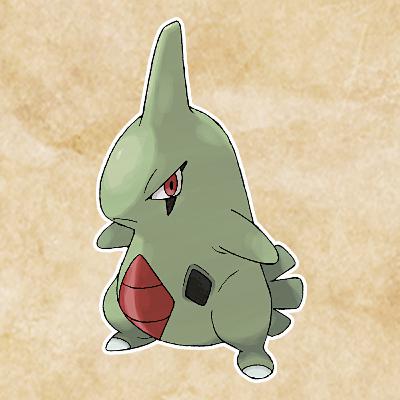

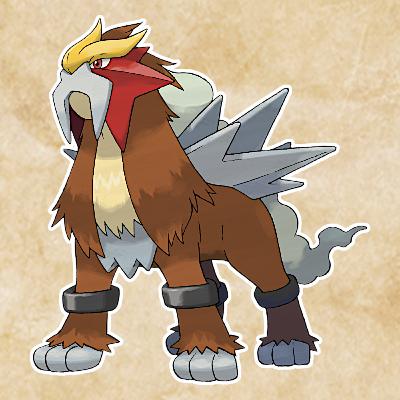
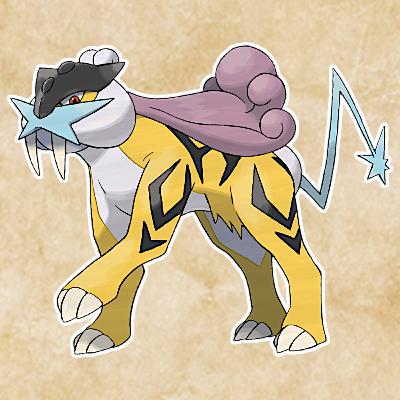
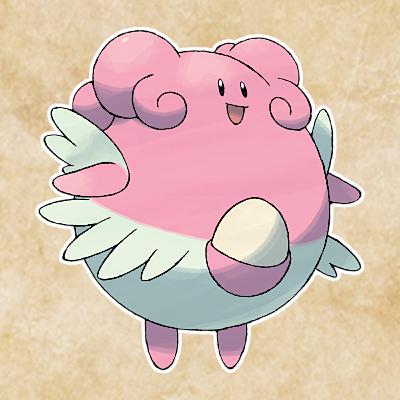

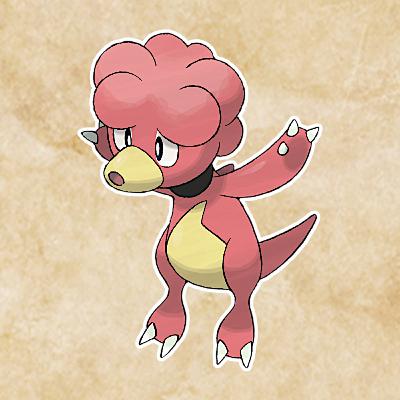
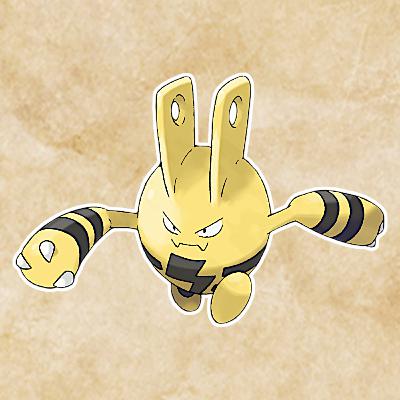

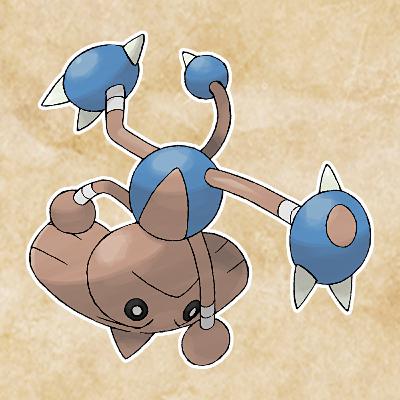
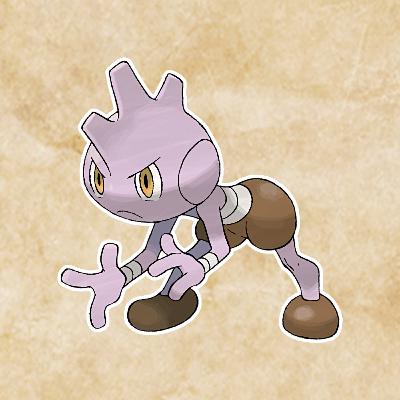
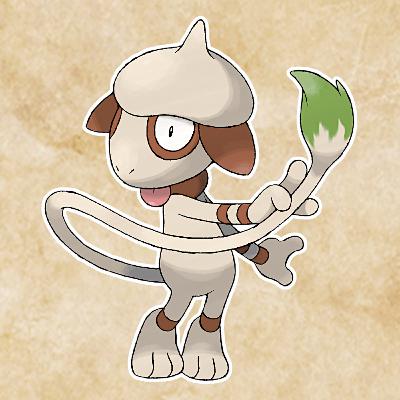
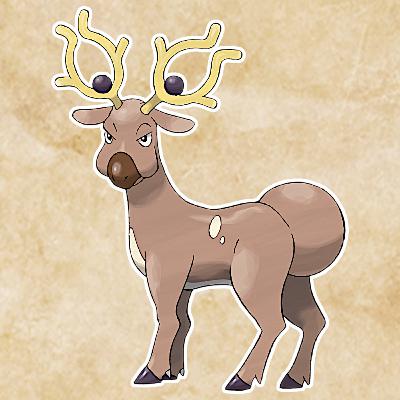
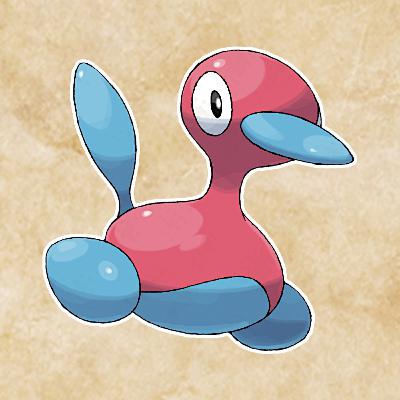
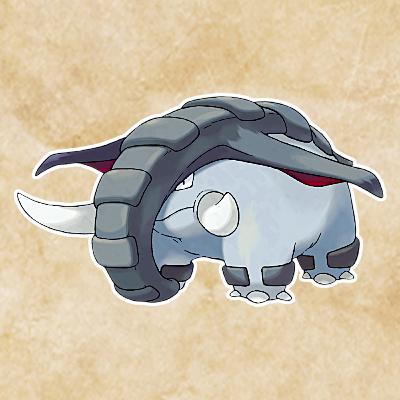
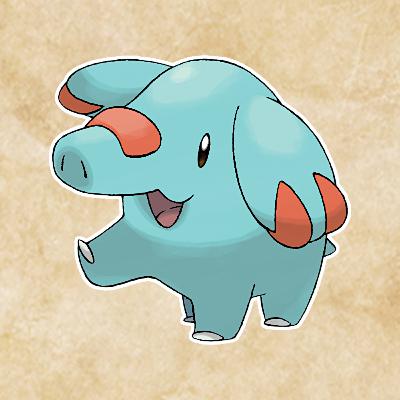
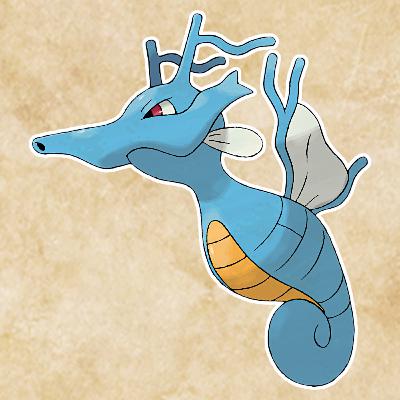
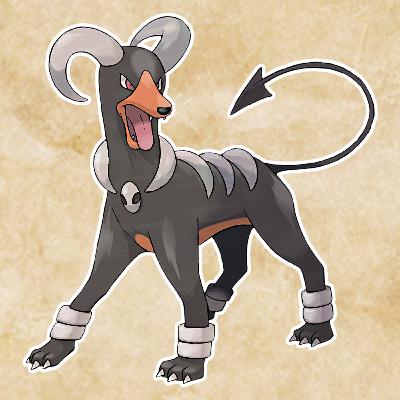

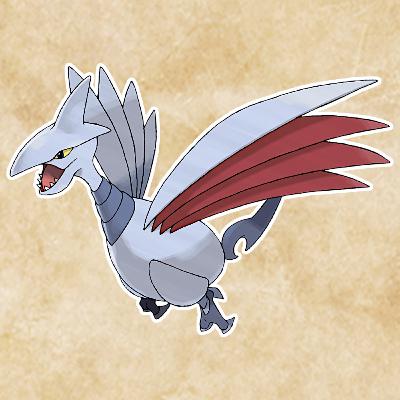



b. bb. Bob. 9 9 9 9. o o o. o. o o. o. o. bo no n nnnnnni bbbbbbbbinnnnnnnnnn nn. 999999 i8 9999899 oo 99 99 9 9 bbi b. 9 9. 99 9 9 9. . 9 9 9 9 9 but bbbiii . i